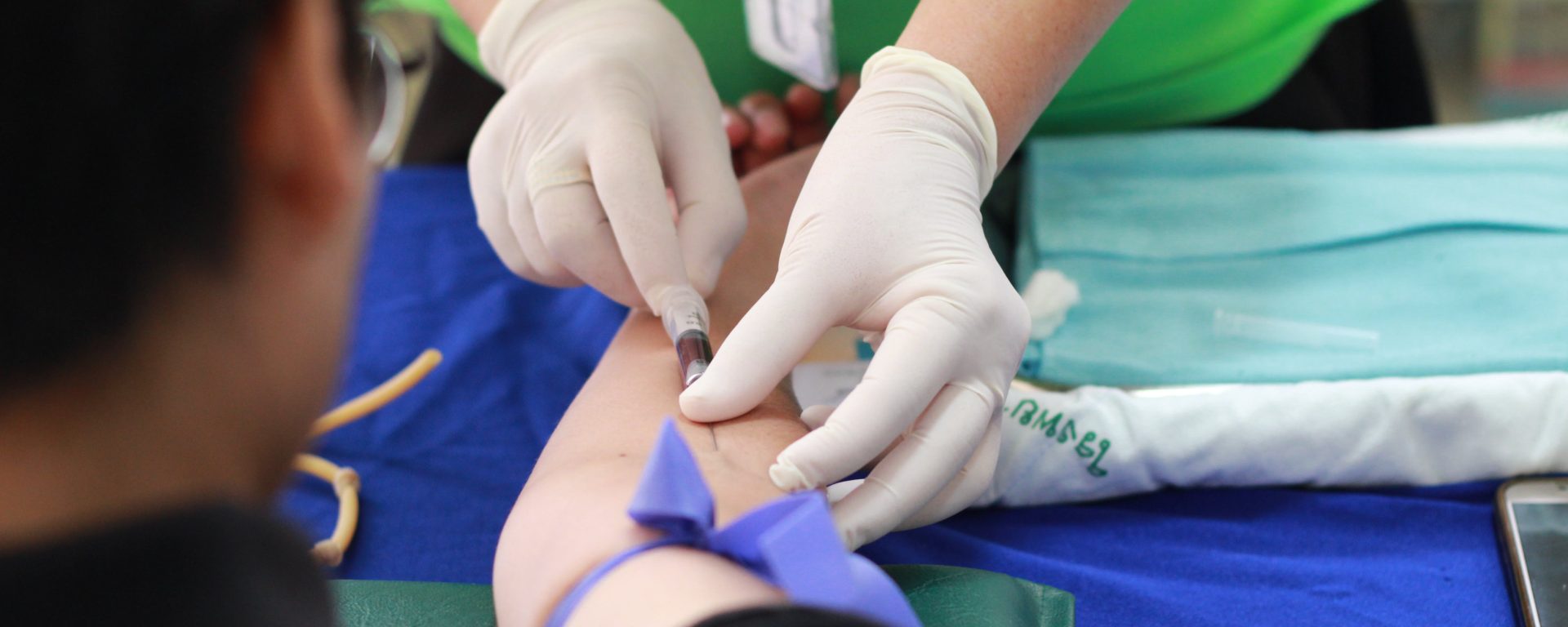In 1994, Barkman, et. al., conducted a pilot study at a Western Canadian University-affiliated tertiary care hospital, we aimed to investigate the effects of early ambulation (at 3 hours post-cardiac angiogram) compared to standard ambulation time (at 6 hours post-cardiac angiogram) on delayed bleeding, pain levels, and anxiety in patients.
The study involved thirty-nine patients who underwent cardiac angiograms, randomly assigned to either the experimental group (early ambulation at 3 hours) or the control group (standard ambulation at 6 hours). We assessed delayed bleeding through sanguinous drainage and the presence of palpable hematomas greater than 5 cm in width. Patient comfort was measured using Melzack’s Present Pain Intensity Scale and Spielberger’s State Anxiety Inventory at 2, 4, and 7 hours post-angiogram, as well as the following day.
Surprisingly, none of the patients in either group experienced delayed bleeding. Statistical analyses, including Student’s t-test and repeated measures analysis of variance, were performed to compare pain levels and anxiety scores. The early ambulation group exhibited significantly lower overall pain levels (p < 0.005) and less back pain at 4 and 7 hours post-angiogram (p < 0.05). However, no significant difference was observed in mean anxiety scores between the two groups.
Our findings highlight a noteworthy reduction in back pain among patients who ambulated earlier, emphasizing the importance of considering patient comfort alongside potential risks associated with delayed bleeding. While the study did not identify delayed bleeding as a prevalent issue, the benefits of early ambulation, particularly in minimizing back pain, warrant further exploration. This pilot study underscores the significance of patient-centric care in post-cardiac angiogram protocols, encouraging healthcare practitioners to balance the advantages of early ambulation with potential complications, thereby optimizing patient outcomes.
Reference: Barkman, A., & Lunse, C. P. (1994). The effect of early ambulation on patient comfort and delayed bleeding after cardiac angiogram: a pilot study. Heart & Lung: The Journal of Critical Care, 23(2), 112-117.
